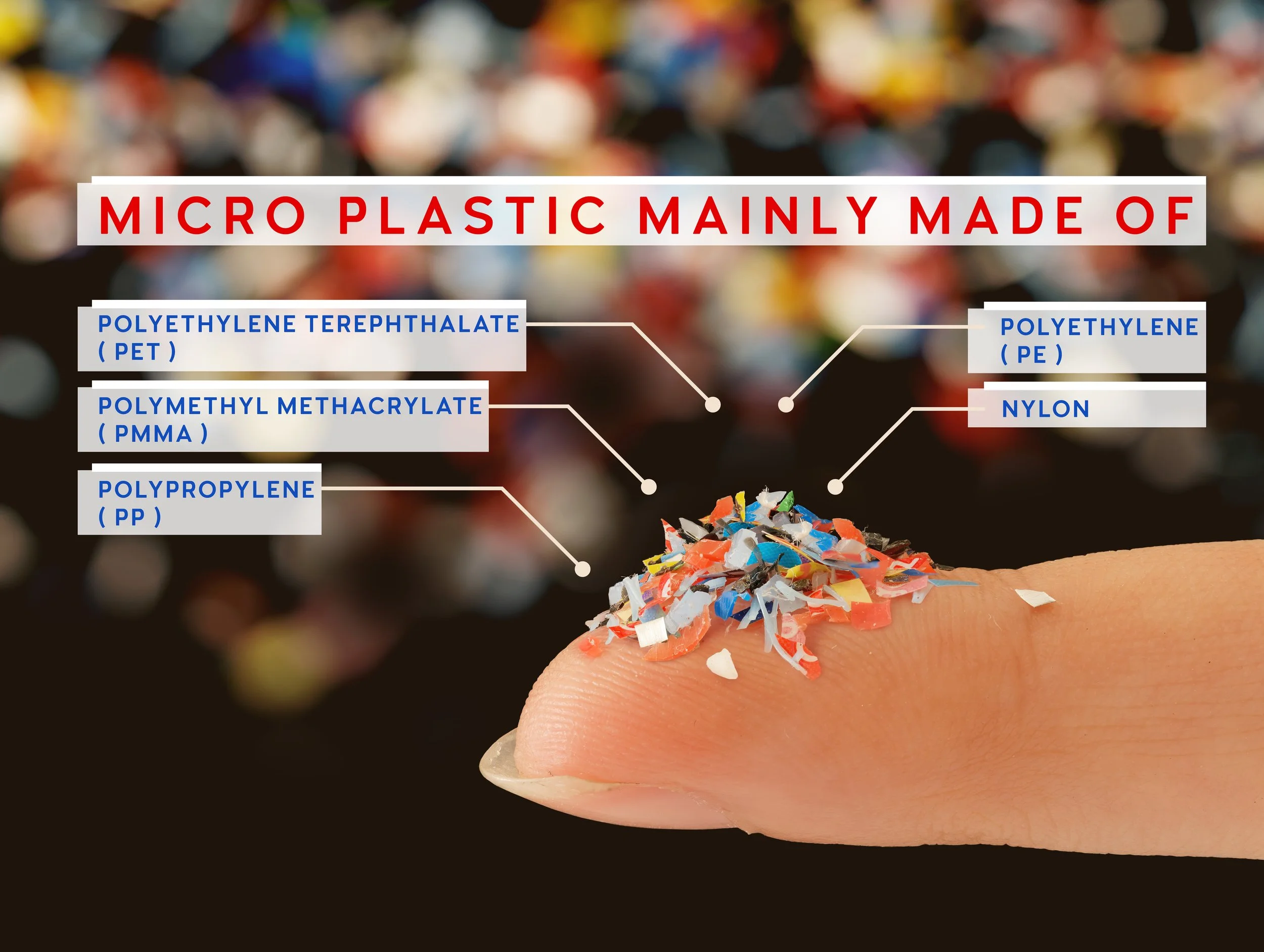💧 What’s in Your Tap Water?
Chlorine – Added to kill bacteria, but affects taste and may form harmful byproducts.
Lead – Can leach from old pipes; toxic even in tiny amounts.
PFAS (“Forever Chemicals”) – Industrial pollutants linked to cancer and hormone issues.
Microplastics – Found in many municipal water sources.
Pesticides & Herbicides – From agricultural runoff.
Pharmaceutical Residues – Trace amounts of meds like antibiotics and hormones.
Fluoride – Added for dental health, but controversial for long-term consumption.
Nitrates/Nitrites – From fertilizers; dangerous for infants and pregnant women.
Arsenic – A natural element that can cause serious health problems.
Copper & Iron – From corroding pipes; may stain and cause metallic taste.
Bacteria & Viruses – Usually killed in treatment, but not always fully removed.
Aluminum – Used in treatment, but may remain in trace amounts.
Trihalomethanes (THMs) – Byproducts of chlorine disinfection linked to health risks.
Hard Minerals – Calcium & magnesium cause scale buildup and affect taste.
Sediment – Dirt, rust, and sand from pipes and water mains.
⚠️ Potential Health Effects of Microplastics
Inflammation and Cellular Damage
Microplastics can trigger immune responses, leading to inflammation.
They may physically damage cells or tissues they come into contact with.
Chemical Exposure
Microplastics can leach harmful chemicals (like BPA, phthalates, or flame retardants).
These chemicals are known endocrine disruptors, which can interfere with hormone function.
Toxic Transporters
Microplastics can absorb and carry toxic pollutants (like heavy metals or pesticides) into the body, acting like a Trojan horse.
Possible Gut Disruption
Some studies suggest microplastics might interfere with the gut microbiome, which affects digestion, immunity, and even mood.
Accumulation in Organs
Microplastics have been found in lungs, blood, placenta, and even the brain in recent studies, raising concern about long-term buildup and chronic exposure.
Unknown Long-Term Effects
Since microplastics are a relatively recent environmental issue, long-term health consequences (especially over decades) are still unknown but considered a growing concern.
Hard water—water with high levels of calcium and magnesium—won’t usually make you sick, but it can cause a lot of annoying and costly problems in your home and body. Here's a breakdown of the key consequences of hard water:
🧱 Household Consequences
Limescale Buildup
Clogs pipes, reduces water pressure
Damages water heaters, washing machines, and dishwashers
Shortened Appliance Lifespan
Scale deposits force appliances to work harder and wear out faster
Reduced Soap Efficiency
Soap and shampoo don’t lather well in hard water
Leaves behind residue on dishes, clothes, and surfaces
Spotty Dishes & Glassware
Minerals leave visible white spots and film after washing
Faded & Stiff Laundry
Clothes come out dull, stiff, or scratchy due to mineral deposits
Higher Energy Bills
Limescale makes water heaters less efficient, using more electricity or gas
🚿 Personal Effects
Dry Skin and Hair
Hard water can strip natural oils, leading to dryness or irritation
Itchy Scalp or Dandruff
Residue buildup from soap and shampoo contributes to scalp issues
Exacerbates Skin Conditions
Can worsen eczema or psoriasis due to irritation and soap residue






